Young barista left stunned after pimple-like lump turns out to be rapidly growing breast cancer
Siobhan Harrison, now 24, of South Wales, was horrified when tests revealed she had stage 2 triple negative breast cancer
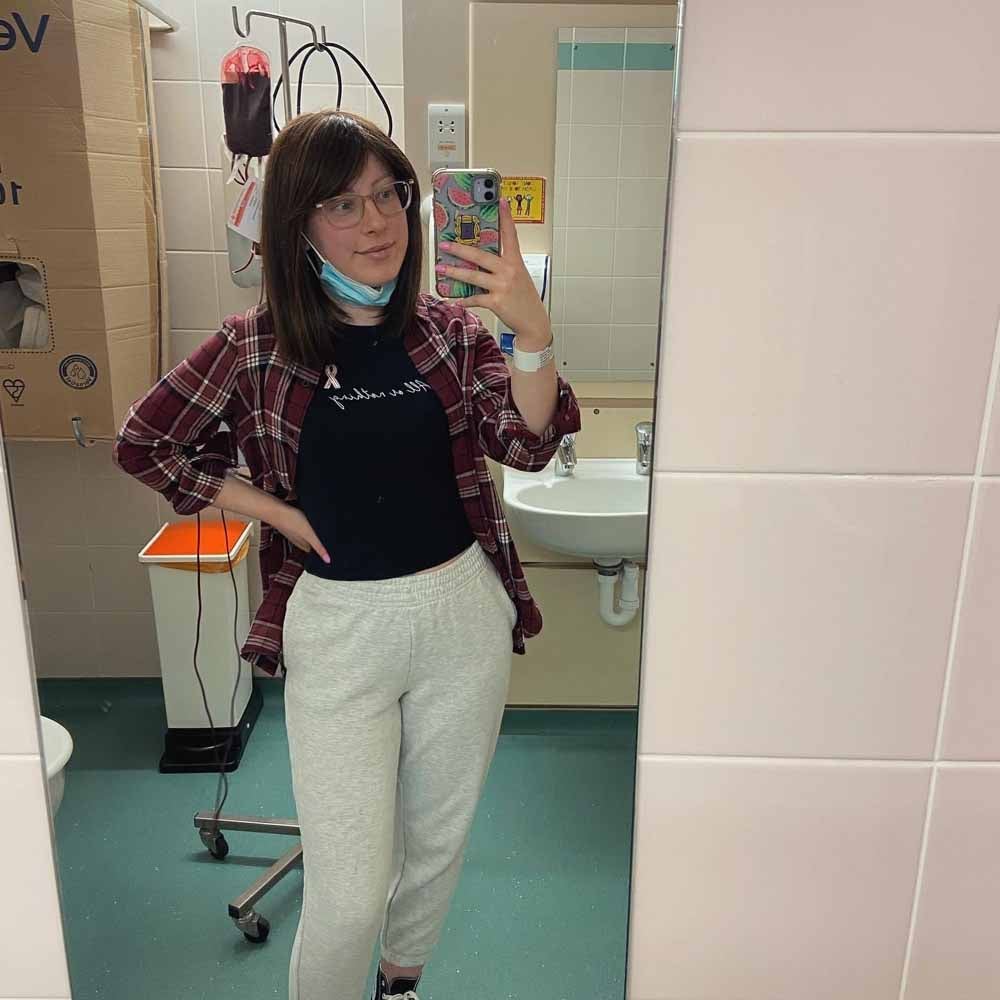
Your support helps us to tell the story
From reproductive rights to climate change to Big Tech, The Independent is on the ground when the story is developing. Whether it's investigating the financials of Elon Musk's pro-Trump PAC or producing our latest documentary, 'The A Word', which shines a light on the American women fighting for reproductive rights, we know how important it is to parse out the facts from the messaging.
At such a critical moment in US history, we need reporters on the ground. Your donation allows us to keep sending journalists to speak to both sides of the story.
The Independent is trusted by Americans across the entire political spectrum. And unlike many other quality news outlets, we choose not to lock Americans out of our reporting and analysis with paywalls. We believe quality journalism should be available to everyone, paid for by those who can afford it.
Your support makes all the difference.A 23-year-old barista was stunned when a lump she squeezed thinking it was a pimple after spotting it while getting dressed was in fact a fast growing cancerous tumour above her left breast.
When the bump Siobhan Harrison tried to pop in December 2020 grew and became bruised after squeezing it, she suspected it was because she had aggravated it.
So, when tests revealed she had stage 2 triple negative breast cancer, she was horrified.
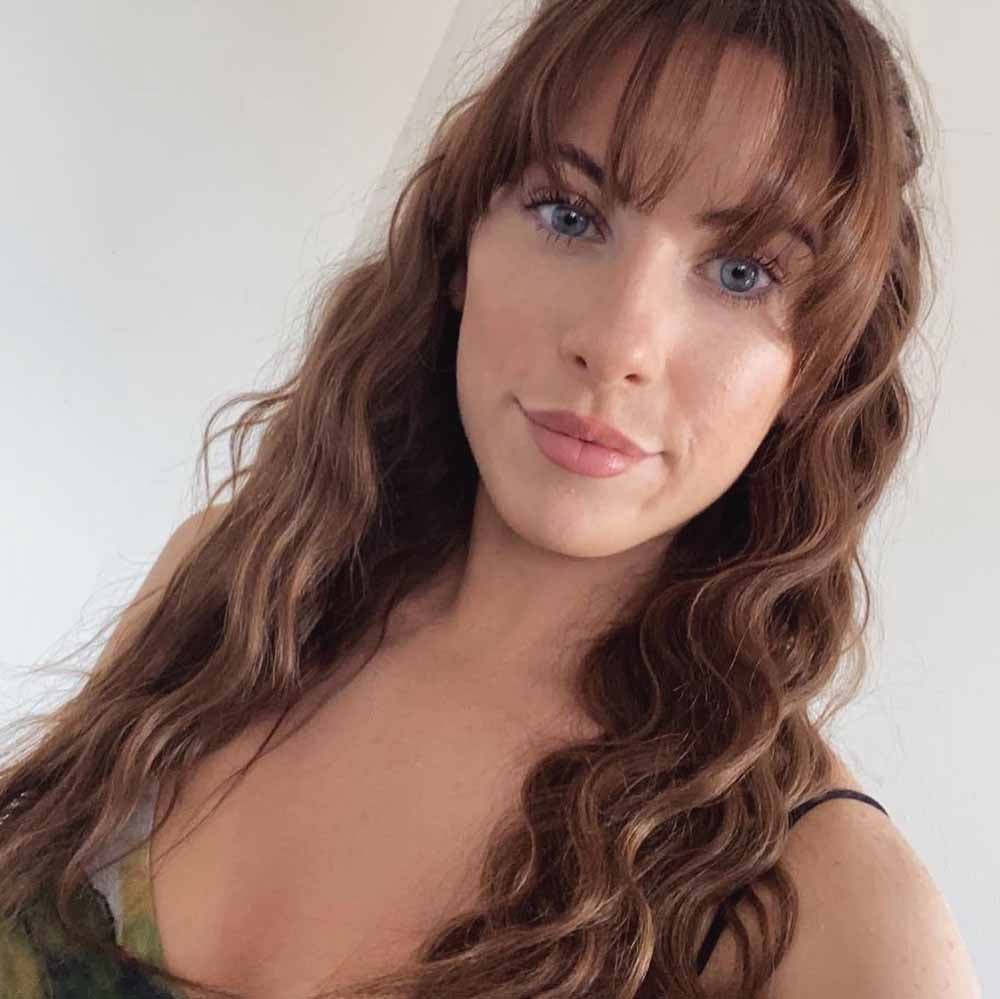
Now 24 and cancer free, Siobhan, of New Tredegar in the Rhymney Valley in South Wales, admitted: “I never thought I was at risk of cancer, especially at my age.
“I want to get the word out that young women need to be checking their breasts for lumps and must notify their doctor if there are any changes, as it could be lifesaving.
“I feel so lucky now to be cancer free.”
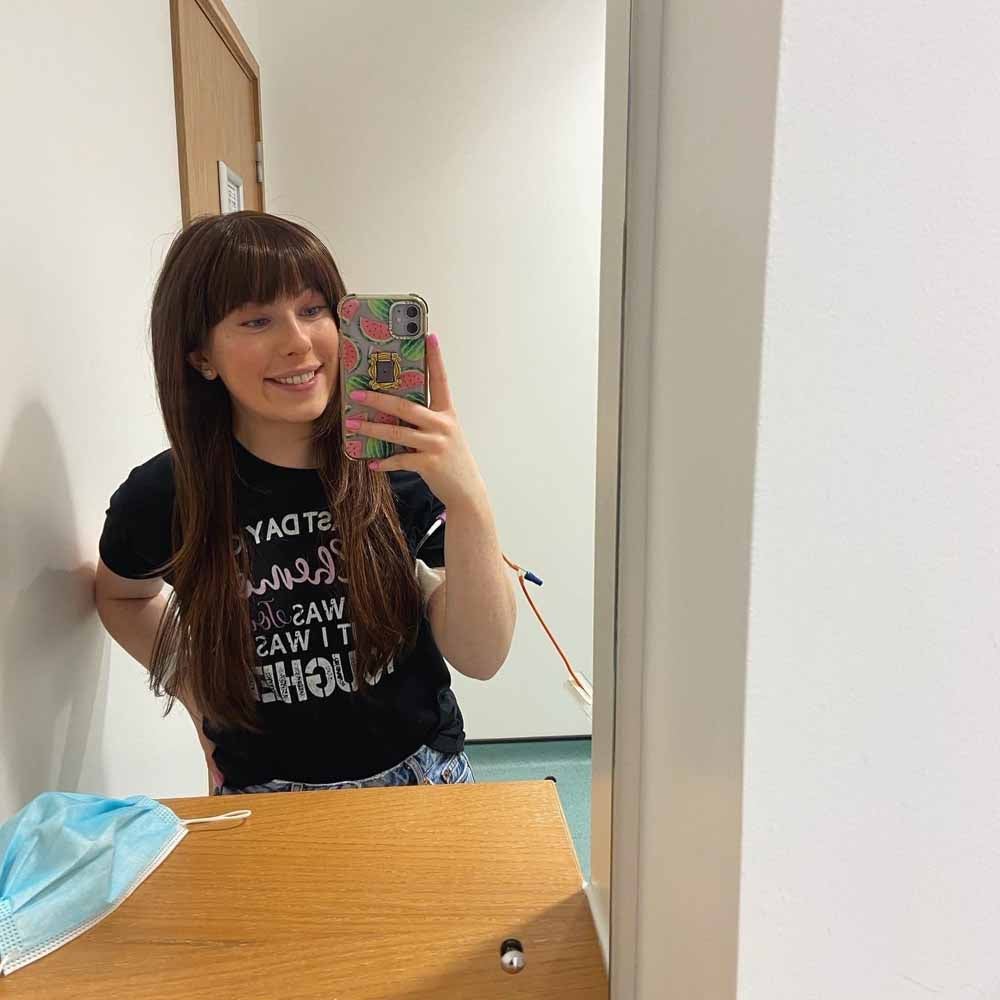
When Siobhan first saw a bump protruding above her left breast, she just assumed it was a spot.
She said: “I could see it. It was clearly visible quite high up on my chest, so I thought it was just a pimple. I tried to pop it but that just made it bruise.
“I kept an eye on it for a while and noticed it getting bigger, which I thought was because I’d aggravated it.”
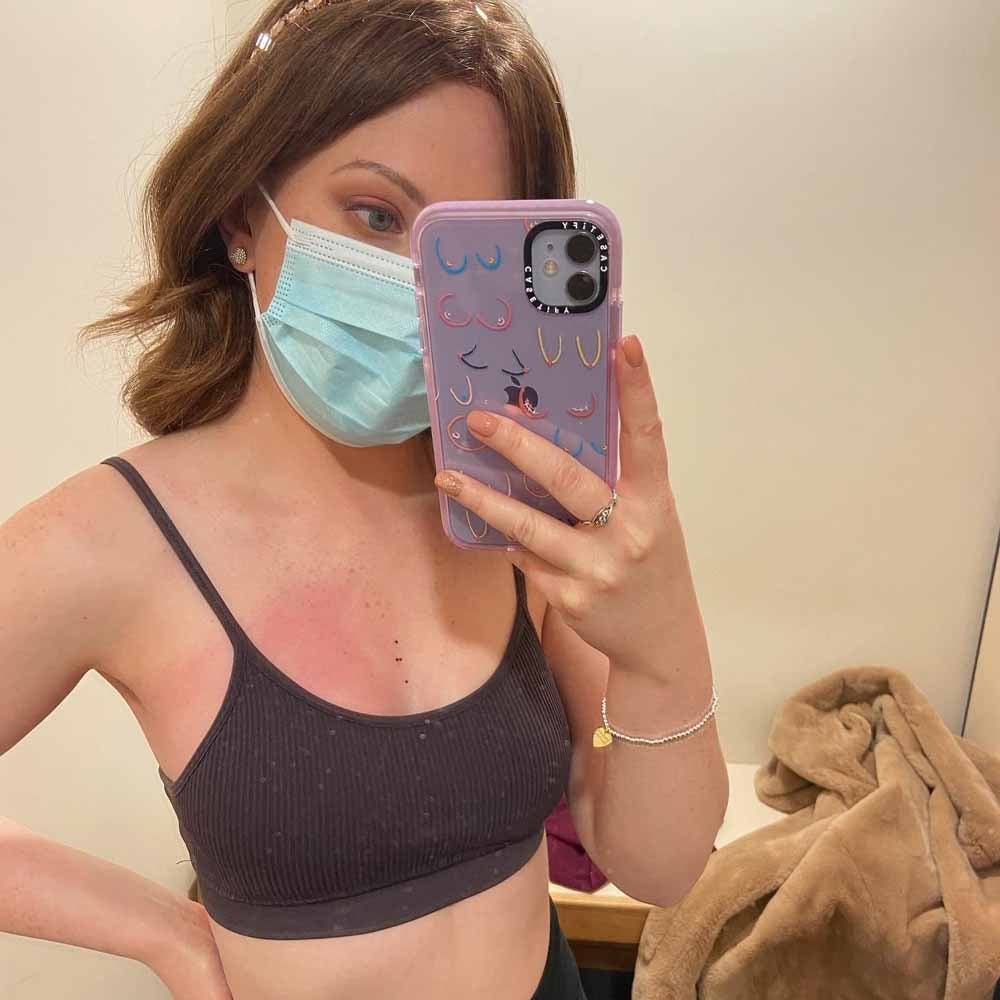
She added: “But it started to worry me, so I booked a doctor’s appointment.”
At her appointment, Siobhan was referred for further tests but was told there was a nine-month waiting list.
She said: “In the end, I decided to go private and paid £200 for an ultrasound. It was there that medics said they couldn’t tell what it was, but thought it might be cancerous and advised I would need a biopsy to find out.”
If I can encourage other people to check for lumps then I’ve achieved my goal.
With her lump now suspected as cancer, Siobhan was considered a high priority and went in for her biopsy on the NHS on June 22, 2021.
She said: “When I got the results, I half expected it to be a cyst or something benign. Even though I was concerned about it, I still didn’t expect it to be anything too bad.”
To Siobhan’s shock, she was diagnosed with stage 2 triple negative breast cancer.
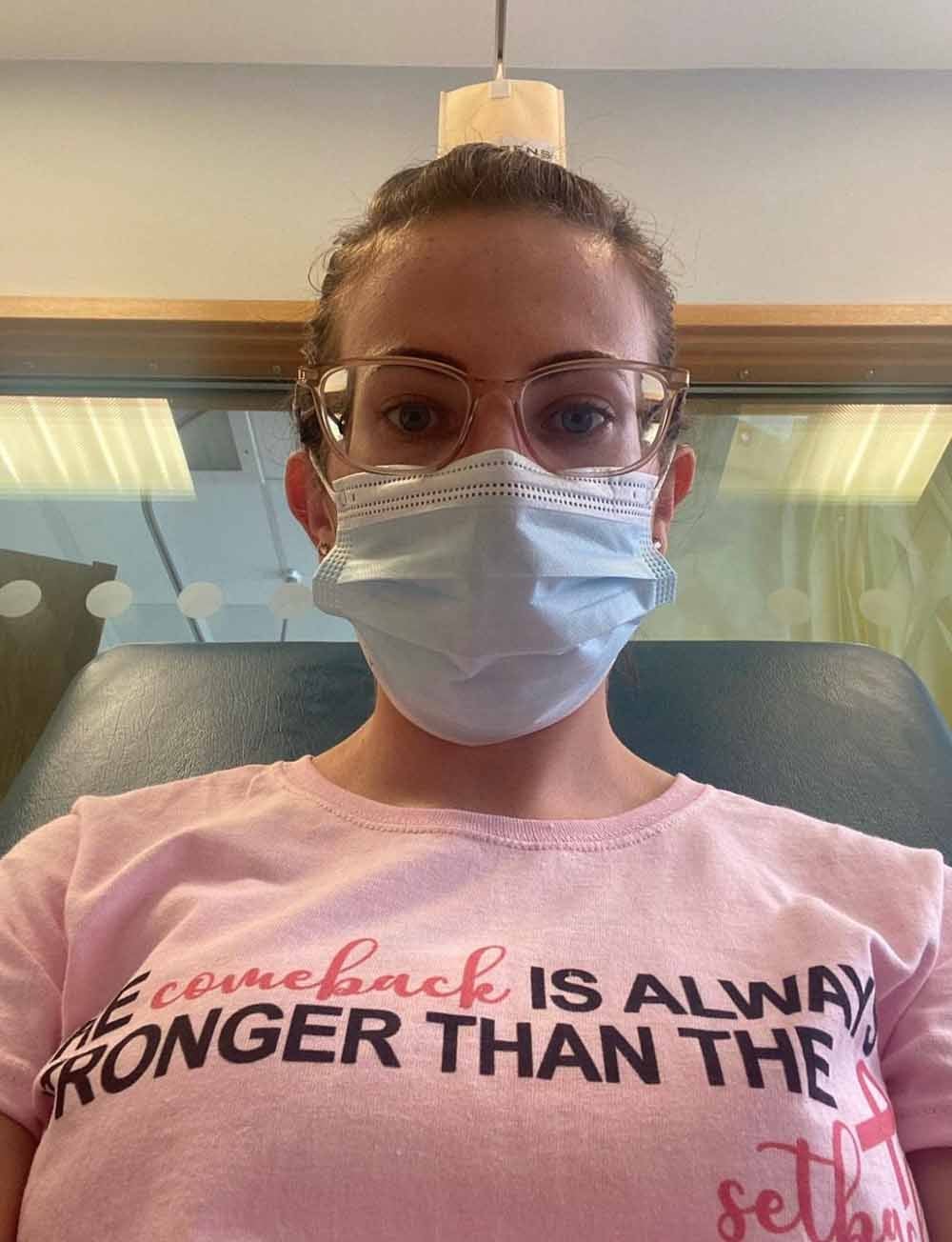
She said: “I was so upset. It was fast growing, and the lump was now over 2cm in size. Doctors scheduled me in for surgery the following week, it all happened very fast.”
In July, Siobhan, who has a boyfriend, went under the knife for a lumpectomy to remove the cancerous mass in her left breast.
She said: “As I recovered from the op, my consultant informed me that the next step would be chemotherapy, but said there was a chance it could affect my fertility.”
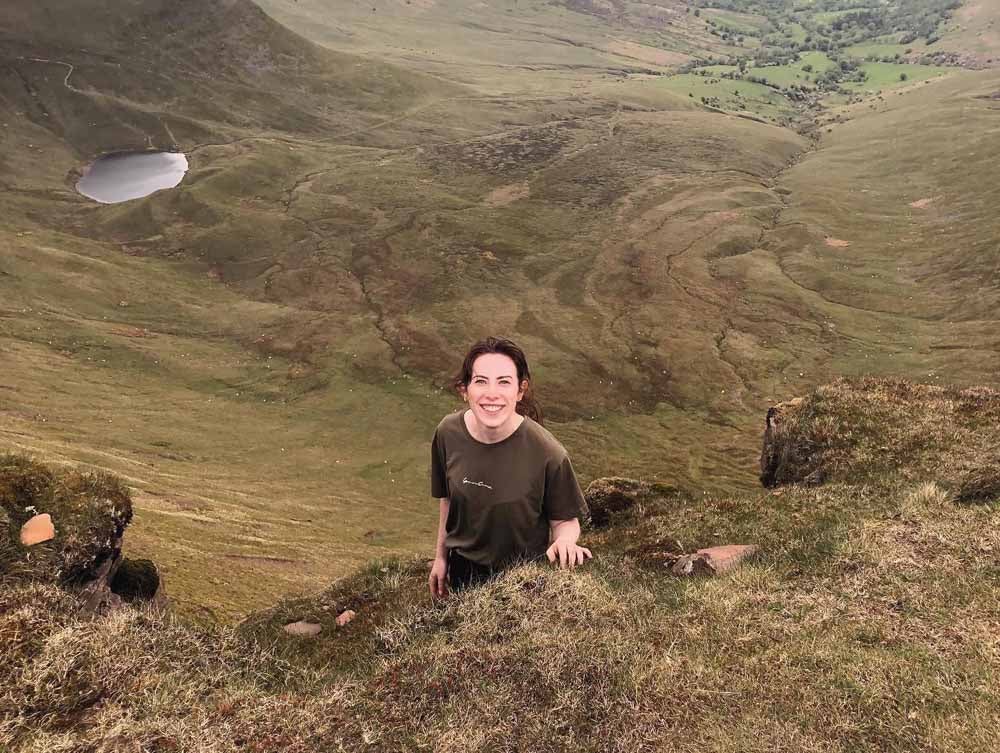
She added: “So, before I started the treatment, I had egg retrieval in case I became infertile after the chemo.”
In August, Siobhan started chemotherapy, which she says was gruelling.
She said: “I found it very hard. After the first round, I started to lose my hair and the treatment just wiped me out. I was so poorly.”
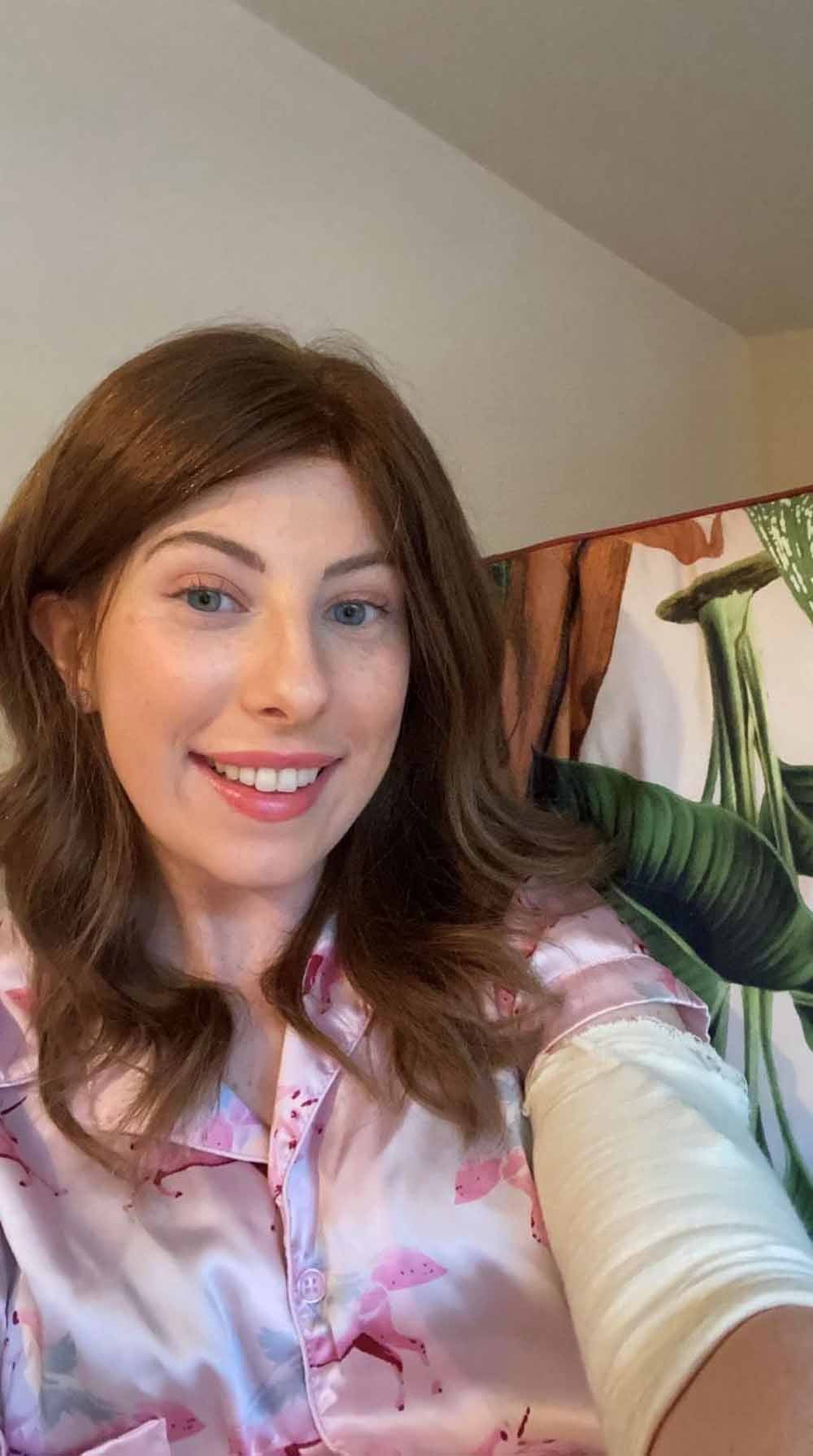
She added: “Even though I had known I would lose my hair, I didn’t expect it to affect me as much as it did, so I bought a wig to help me feel a bit more like myself.
“My doctor decided to change my treatment slightly, so I had chemo more frequently in lower doses and that helped me a lot.
“I had 12 rounds of chemo before stopping in December 2021. Then, in the New Year, I had two weeks of radiotherapy.”
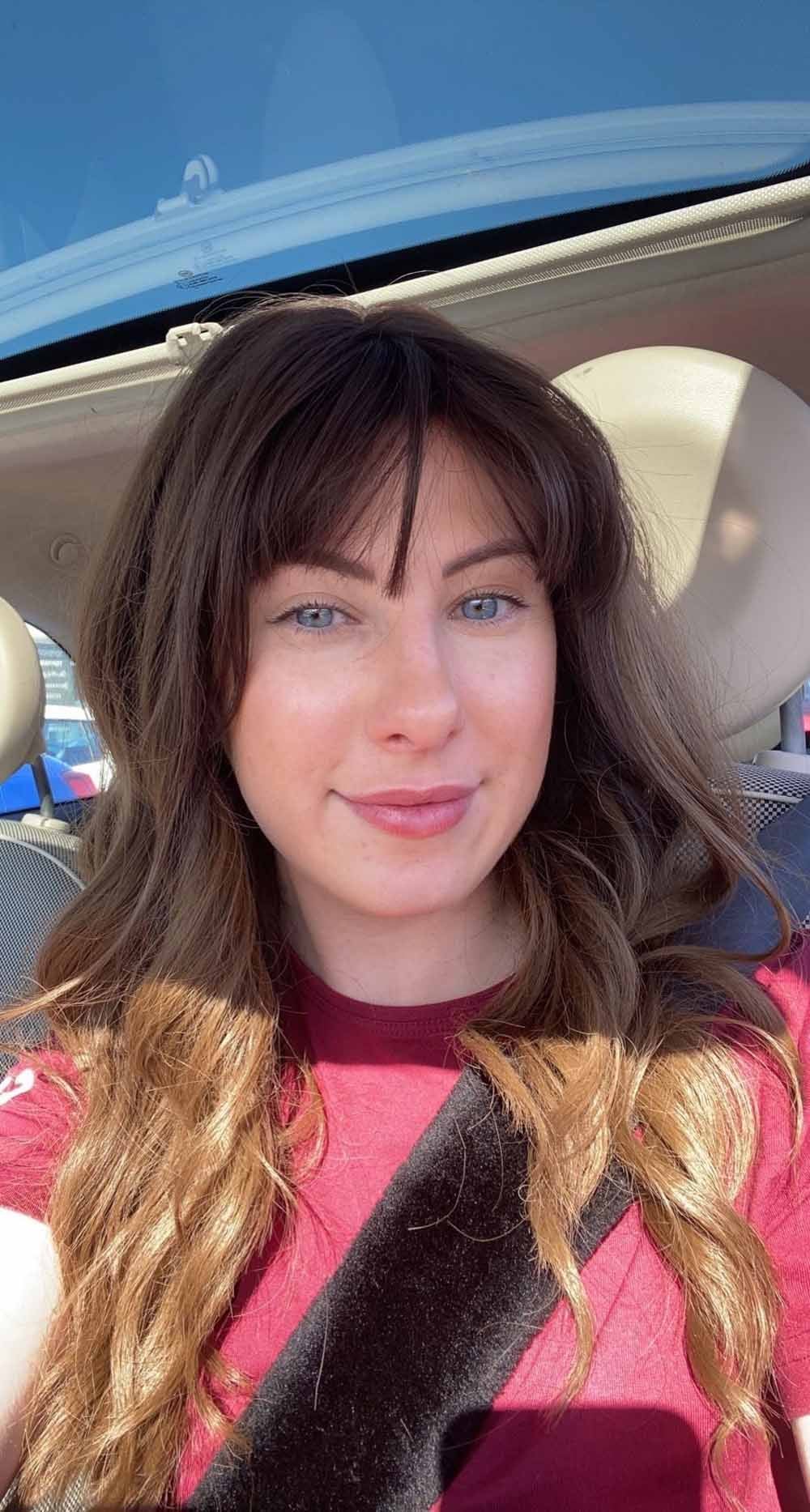
While Siobhan was technically cancer free after the surgery, the further treatment was preventative as she was at high risk of her cancer returning.
She said: “The treatment did its job and I got the all-clear in spring this year. Since then, I’ve been on a trial which screens my blood every few weeks to check for cancer cells. So far, everything has come back clear.
“As difficult as it was, I’m so thankful to now be on the other side of treatment and I’m now focussing on improving my fitness levels as I went back to work in March.”

She added: “All the NHS staff who treated me were so supportive and helpful, I’m very thankful to them too.”
Siobhan will need to go for annual check-ups to make sure the cancer does not return and is now keen to raise awareness of breast cancer in young women.
She said: “I never thought that I could be diagnosed with cancer so young, it was such a shock to me and my family.”
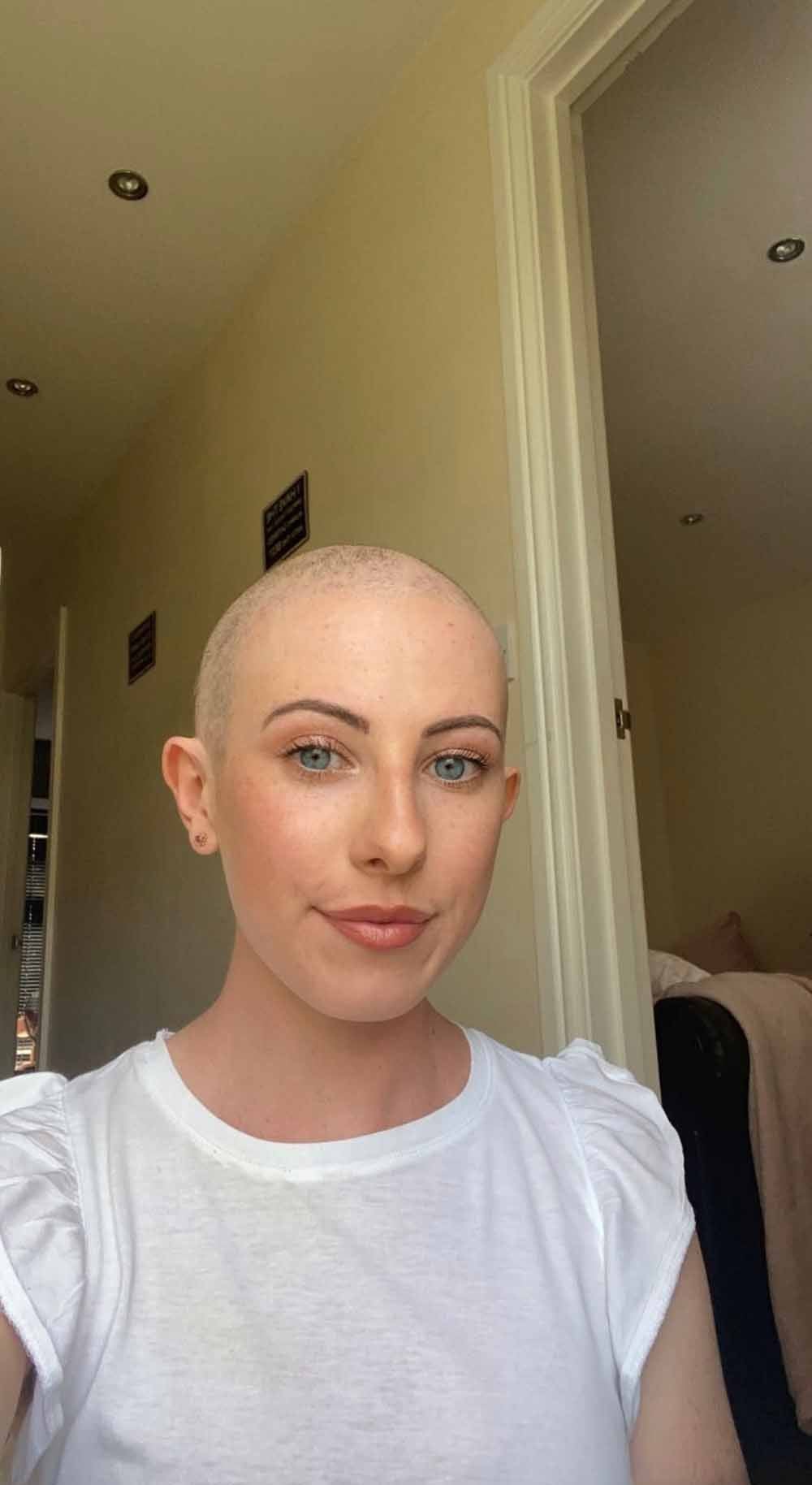
She added: “I want to encourage young women to check their breasts for lumps regularly because you really don’t know what could happen.
“I’m unlucky to have got cancer but, in a way, I am also lucky that my lump was clearly visible and I was able to get a private scan quickly. I dread to think what could have happened if it had gone undetected.
“I had a scare just last week when I thought I’d found another lump and went to get it checked out. Thankfully, it was nothing to worry about, but it has made me realise that the fear will always be with me.”
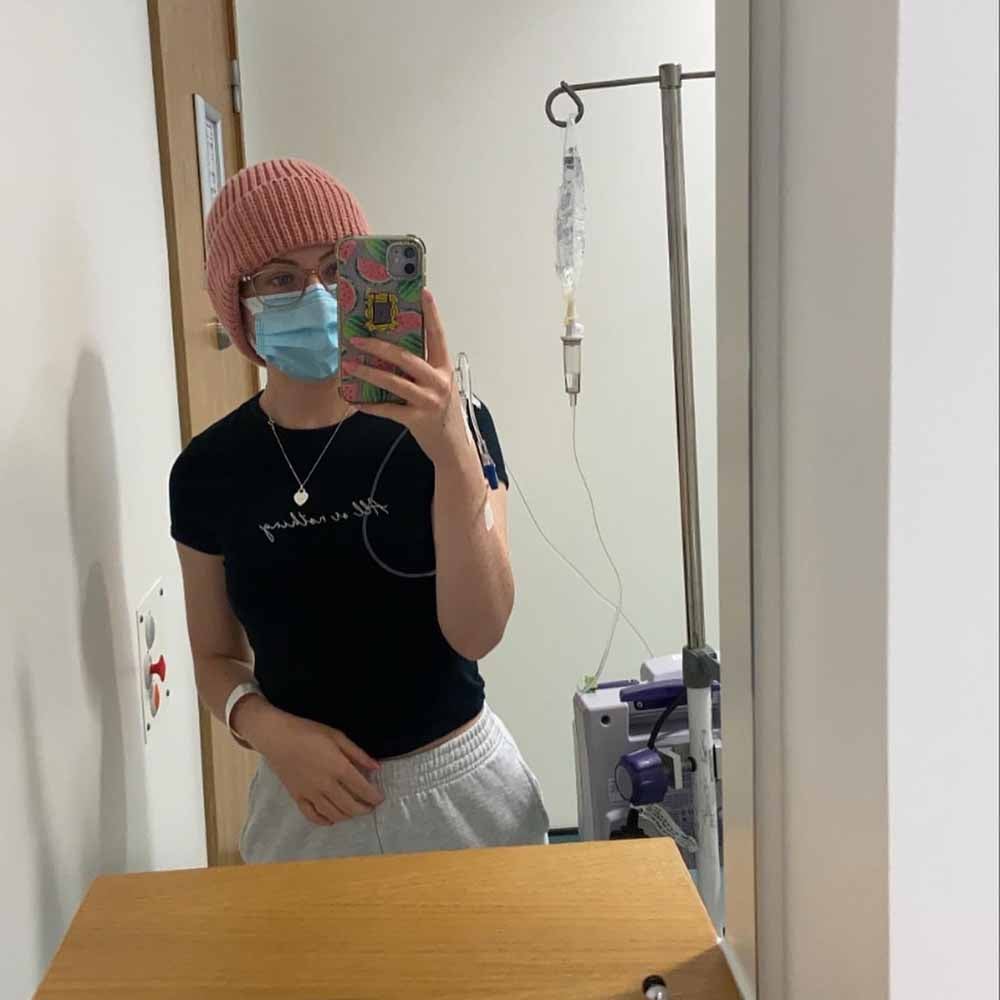
She added: “If I can encourage other people to check for lumps then I’ve achieved my goal. I just don’t want other people going through the same ordeal as I have been through.”
Nikki Barraclough, Executive Director at Prevent Breast Cancer, says that as well as causing delays in breast cancer diagnosis, the pandemic has had an impact on research.
She said: “Now more than ever we need to continue to fund research into the prevention of breast cancer so we can stop this disease before it starts, whilst continuing to raise awareness of the signs and symptoms.
“It’s this type of awareness raising that saved Siobhan’s life.”

And a spokesperson for the Teenage Cancer Trust warned of the devastating affect of the disease in young people.
She said: “Cancer is far less likely to affect young people than older adults – but when it does it can have a devastating impact – so being able to spot potential warning signs that could lead to an earlier diagnosis really can make a difference.
“There is a concerningly low awareness of the most common warning signs of cancer in the 18-24 age range, and this could be one of the reasons it takes longer for young people to be diagnosed with cancer than older adults. But because cancer in younger age groups is considered rare, it could also be that GPs and other healthcare professionals are less likely to suspect cancer and refer young people with symptoms on for further investigation.”
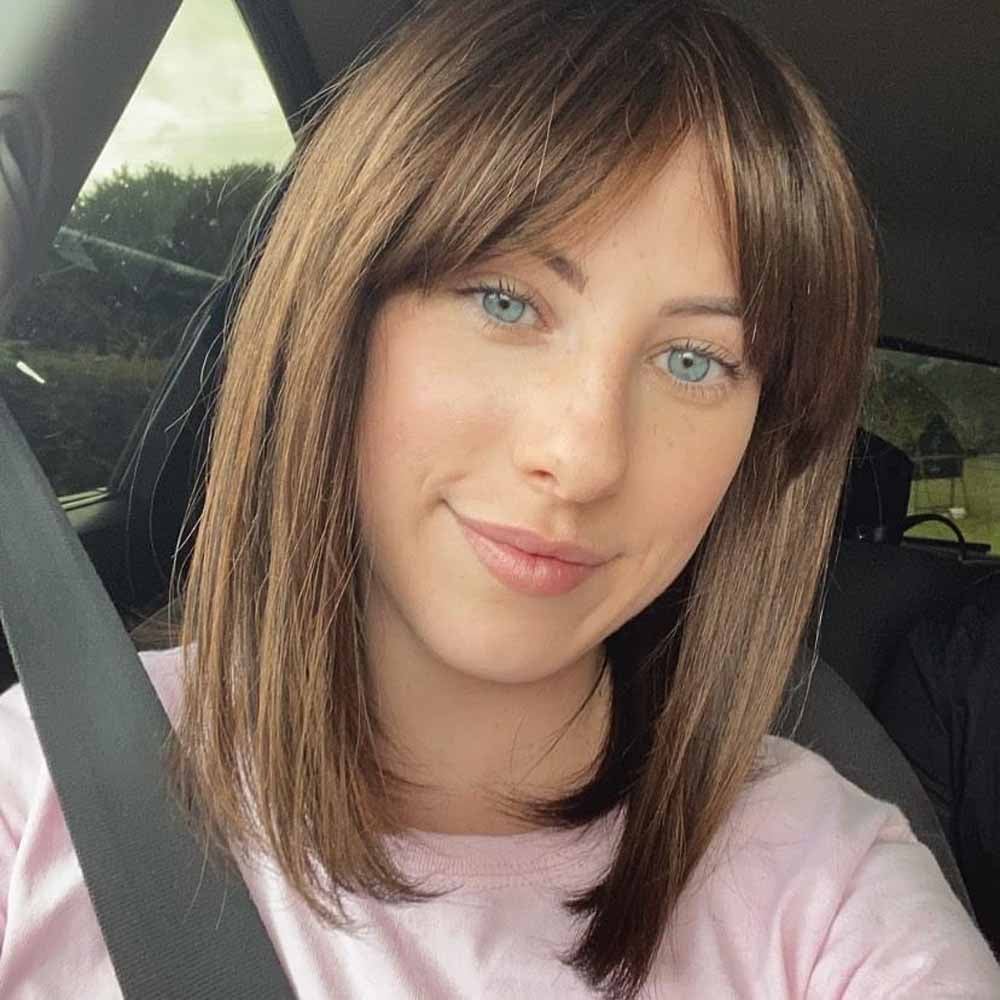
They added: “Listen to your body and if you feel that something isn’t right seek medical help. It probably isn’t cancer, but it’s always best to check, so book an appointment with your GP to discuss your concerns. If you don’t feel like you’re getting the answers you need keep going back, because if a patient consistently presents with concerns, healthcare professionals should listen and take these seriously.”
To learn more about the signs and symptoms of breast cancer, and how to check for it, visit www.preventbreastcancer.org.uk